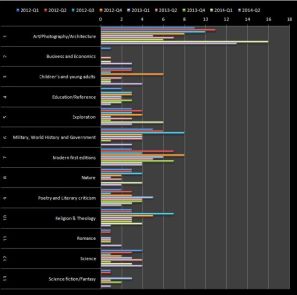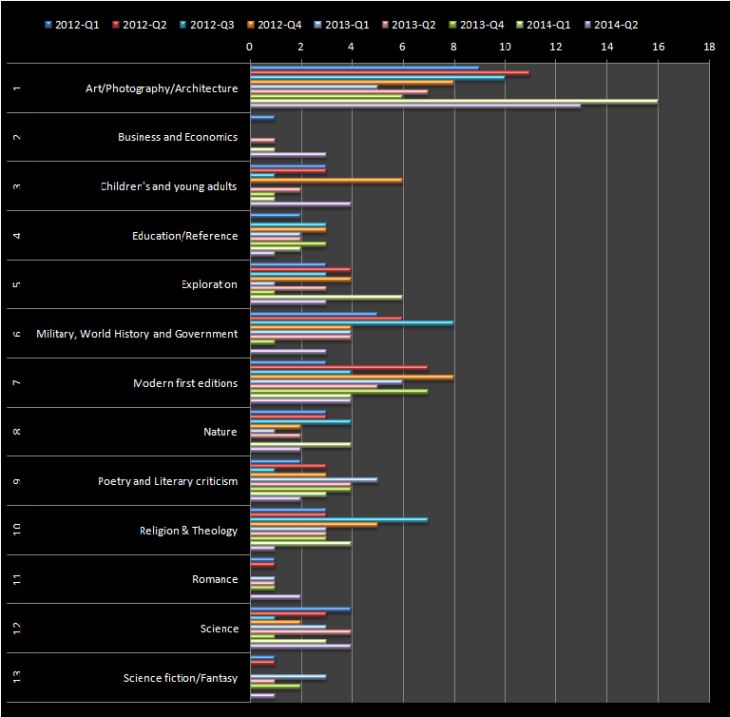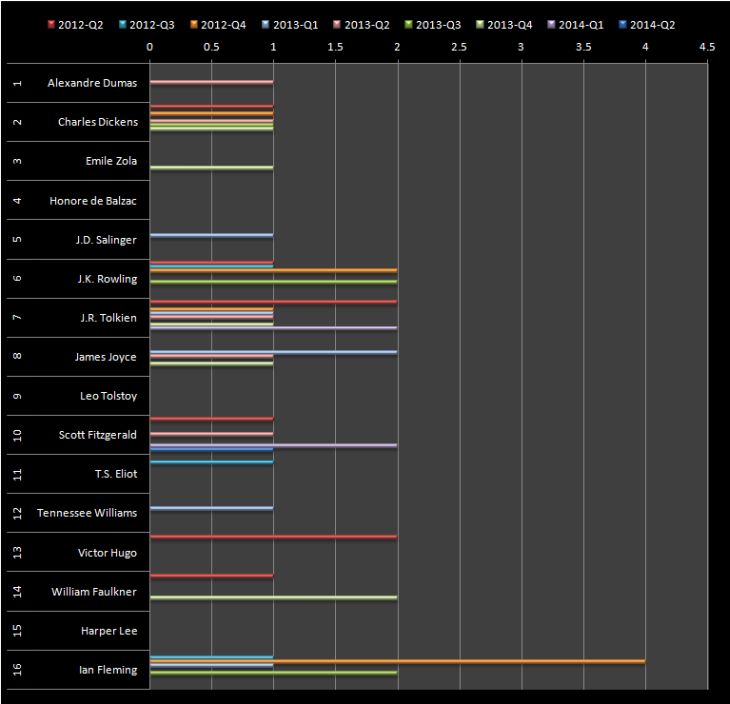The April 2012 article titled “Adam Smith’s Classic of Modern Economic Thought,” articulated the difficulty in tracking price changes in rare books that exhibit limited transactional activity. The Rare Book Sale Monitor, which tracks monthly sales from multiple channels and compares them to historic quarterly pricing in order to report on significant shifts in pricing broken down by genre and selected authors, is particularly receptive to the very scarce, very limited rare book trading activity. By definition, a rare book does not frequently change hands and in a marketplace of limited activity, price change trends are sometimes difficult to interpret without human intervention or well-developed analytical systems.
During the past few months, copies of Adam Smith’s “An Inquiry into the Nature and Causes of the Wealth of Nations,” appeared in auctions. First, last May in London at a Christie’s auction, the 2 volume set of the first edition published by Strahan and T. Cadell in 1776, sold for £182,500 ($307,330) including buyer’s premium. This particular copy was presented by Smith to Henry Herbert (later Lord Porchester), member of the British Parliament, Privy Councillor and Master of the Horse. (For details on how the RBSM processes presentation copies and provenance, please read our previous postings titled: 1)Rare Book Sale Monitor update – 4th Quarter 2013, 2) Rare Book Sale Monitor update – 1st Quarter 2014 – Factor of Provenance.)
Following the Christie’s sale, last June, Sotheby’s offered in their New York auction a first edition that was safely estimated to have a value of $70,000 to $100,000. The auctioneer did not entertain below starting bid offers, and the book remained unsold.
Bidding at an auction can become sensational given some favorable ingredients such as wide appeal, participant rivalry, inborn gambling spirit and the teasing uncertainty which tends to keep bidding alive. Such an atmosphere, along with the desire of at least two buyers to win, can turn an auction into a lively event pushing sales beyond unprecedented levels. However, these days the insistent urgency of the final words, “Going once-going twice-going third and last call!” are usually the same whether you are bidding in London or at an auction in New York. The difference between selling above the high estimate and not selling at all is definitely controlled by the appeal generated by the merchandise being offered for sale.
It is pretty obvious that the presentation copy sold at Christie’s is more desirable due to the importance of the dedication. Presentation copies are indeed far scarcer and without a doubt the feature that in this case had pushed bidding above the £100,000 high estimate. Besides lacking the inscription, the lack of interest at $70,000 exhibited at Sotheby’s originated by some other factor. Both offerings are first editions and both books received restoration during their long lifespan, one with a contemporary mottled calf, the other with a later half-calf. However, the most likely factor that discouraged bidders in New York seems to have been inherent in the composition of the set which did not include the half-titles (the complete set includes the half-title in Volume II, no half-title called for in Volume I).
Despite such complexities in the interpretation of the auction results, the RBSM, without human intervention, derived the correct outcome – credited the genre of “Business and Economics” as a result of the relative price increase after accounting for the effect of the dedication, generated by the sale in London. The Sotheby’s event had no effect on any of the RBSM comparisons since no sale was recorded. For the quarter, an uptick of interest in “Business and Economics” registered through additional sales that included a fourth edition of the “An Inquiry into the Nature and Causes of the Wealth of Nations” traded through Abebooks in June for £4000.




{ 0 comments… add one now }